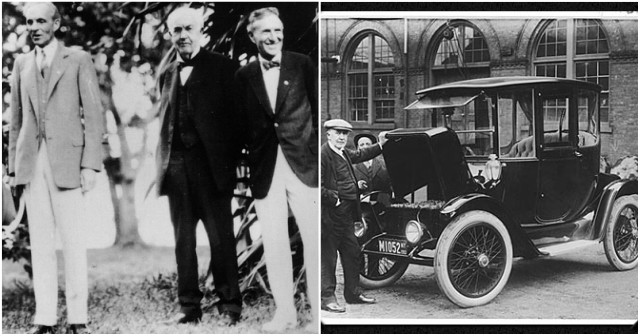Back in 1896, Henry Ford attended the convention of the Association of Edison Illuminating Companies, held at the Oriental Hotel on Manhattan Beach in Brooklyn, New York.
This is where he met his boyhood hero, Thomas Edison. Henry Ford worked as an engineer with the Edison Illuminating Company from 1891 to 1899 but he never had the chance to met him in person until 1896. Later they became good friends.
They camped together, and they even owned houses immediately adjacent to each other.
In 1896 when Henry Ford for the first time drove his Quadricycle on the streets of Detroit, he worked for Edison at Detroit Edison Illuminating Company. A few months later, when they finally met, Edison encouraged Ford to pursue his plans for a gasoline automobile.
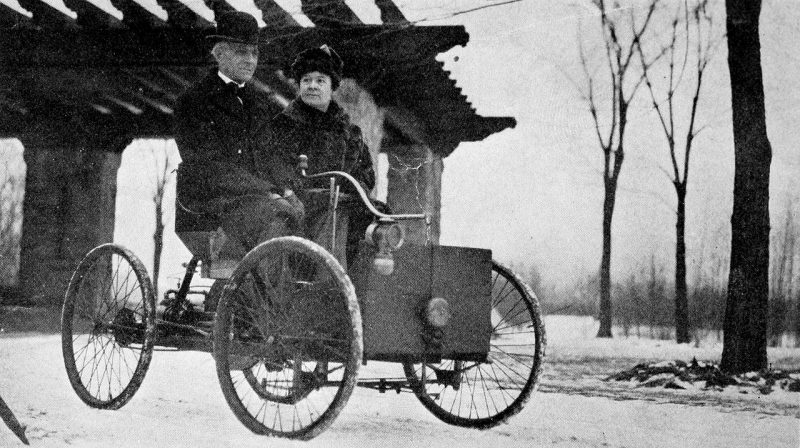
Later Edison and Ford decided to put their minds together to conceive a low-priced electric car. In fact, Edison held a number of patents related to the electric vehicle, including Electric Generator or Motor (1884), a Means for Propelling Electric Cars (1891), a Reversible Galvanic Battery (1900), an Electrode for Batteries (1901), an Alkaline Battery (1904), and an Electrical System for Automobiles (1912).
At that time Ford founded his eponymous automobile company. The only problem that they were facing was to invent the longest lasting battery in the world. As we mention it before Edison had already invented the alkaline storage battery in 1901 and he spent many years perfecting it before placing it in the 1912 Edison electric car.
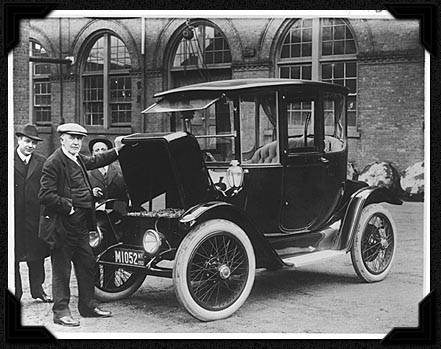
The downside of the Edison battery was the cost, which led to the dominance of the inferior lead acid battery still in common use today and eventually to the development of several other nickel battery chemistries. Nonetheless, the Edison battery became Thomas Edison’s most profitable invention, gaining wide adoption in mining lamps and railway signaling.
Edison managed to build three cars, one of which he drove from Scotland to London, charging it up along the way. The inventor had said that electricity was the future since “all the oil would be pumped out of the ground.” His electric car with two 15-volt batteries and a 30-volt electric motor could reach speeds of 25 miles per hour, which is impressive for the time.
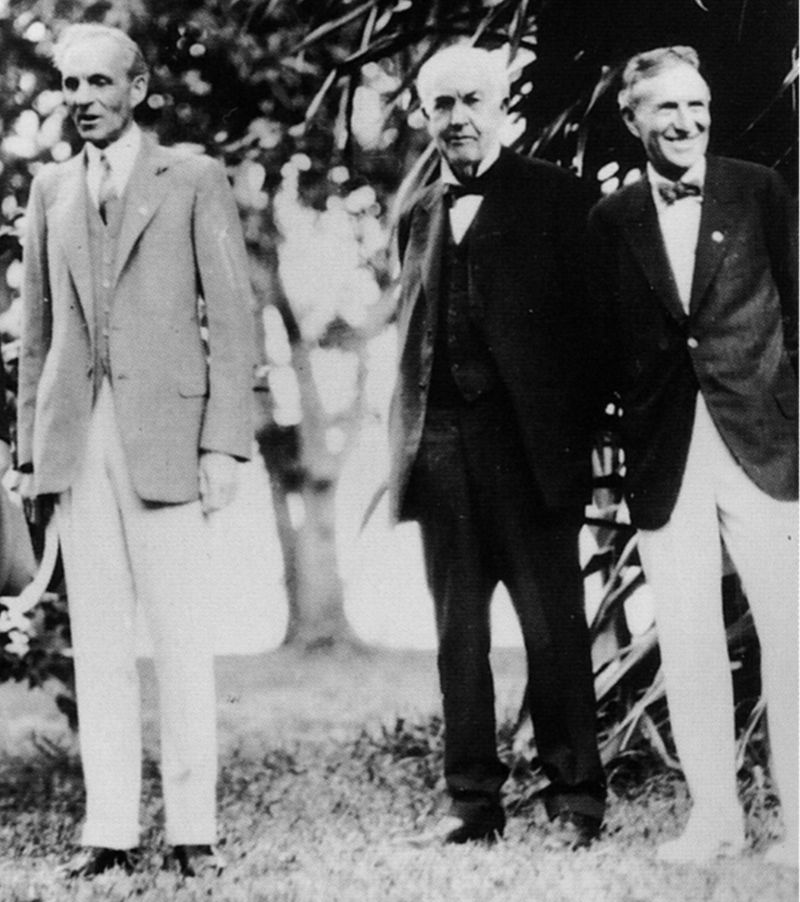
In early 1914 Henry Ford started working on a low-priced electric car. On January 11, 1914, issue of the New York Times, Ford confirmed that he was working on electric car:
“Within a year, I hope, we shall begin the manufacture of an electric automobile. I don’t like to talk about things which are a year ahead, but I am willing to tell you something of my plans.
The fact is that Mr. Edison and I have been working for some years on an electric automobile which would be cheap and practicable. Cars have been built for experimental purposes, and we are satisfied now that the way is clear to success. The problem so far has been to build a storage battery of light weight which would operate for long distances without recharging. Mr. Edison has been experimenting with such a battery for some time.”
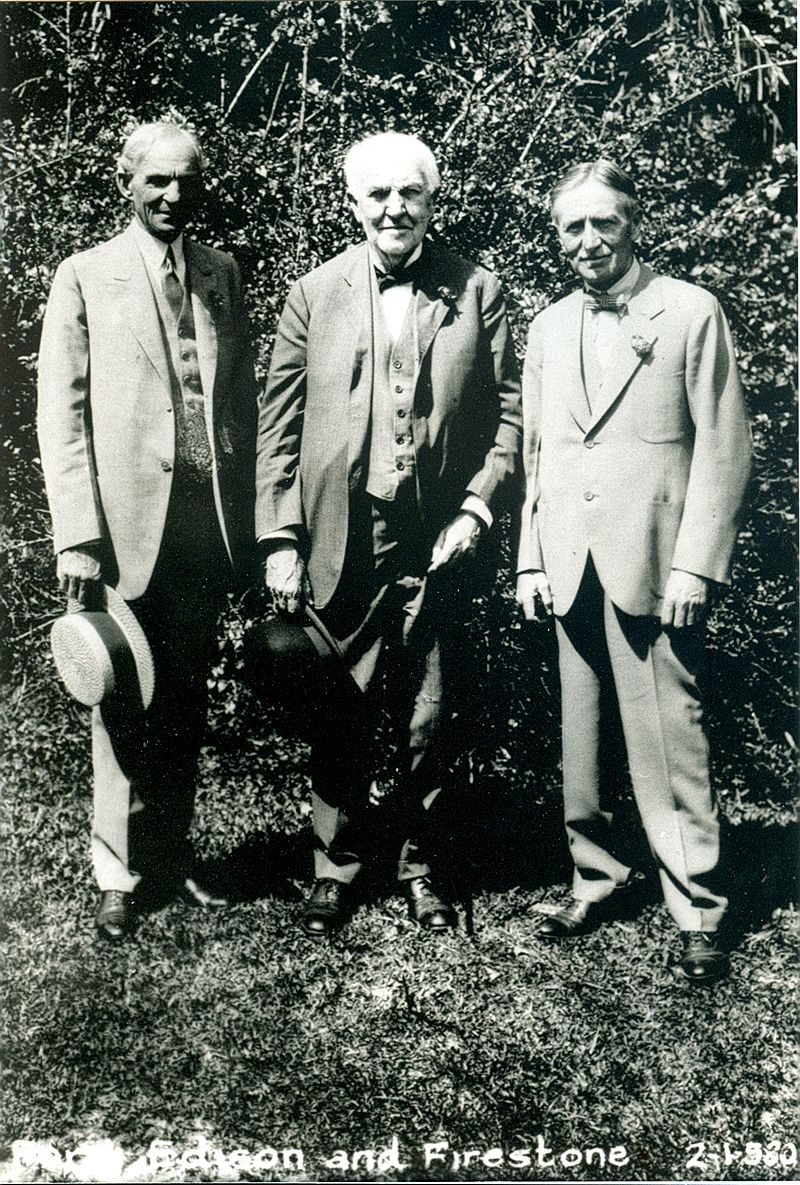
The Edison-Ford car would cost between $500 and $750, and it would range somewhere between 50 miles and 100 miles on a charge. But it wasn’t easy to design and construct the car and in an interview with Automobile Topics in May 1914 Edison said:
“Mr. Henry Ford is making plans for the tools, special machinery, factory buildings and equipment for the production of this new electric. There is so much special work to be done that no date can be fixed now as to when the new electric can be put on the market. But Mr. Ford is working steadily on the details, and he knows his business so it will not be long.”
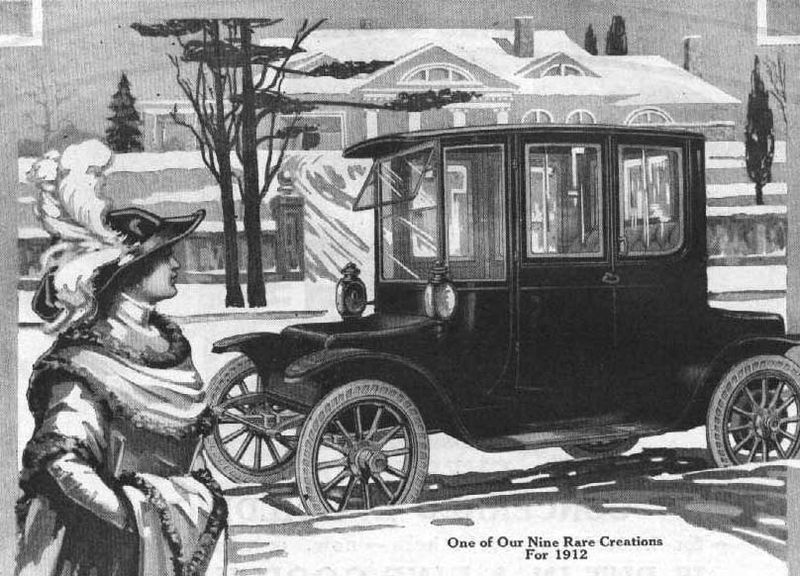
It’s believed that the oil cartels got to Ford and Edison and caused them to abandon the project. Edison’s workshops in West Orange was destroyed by fire in December 1914 and the project fell apart.
We wonder what the pair would have thought about the electric cars of today?!
